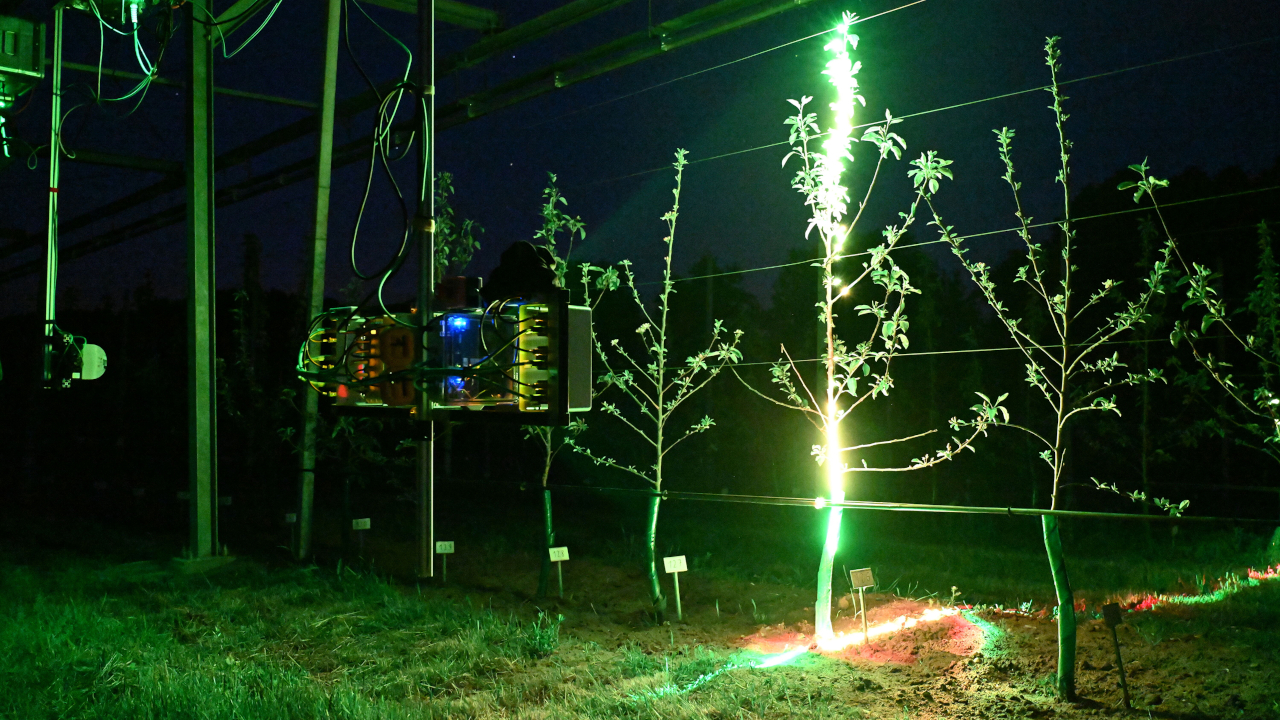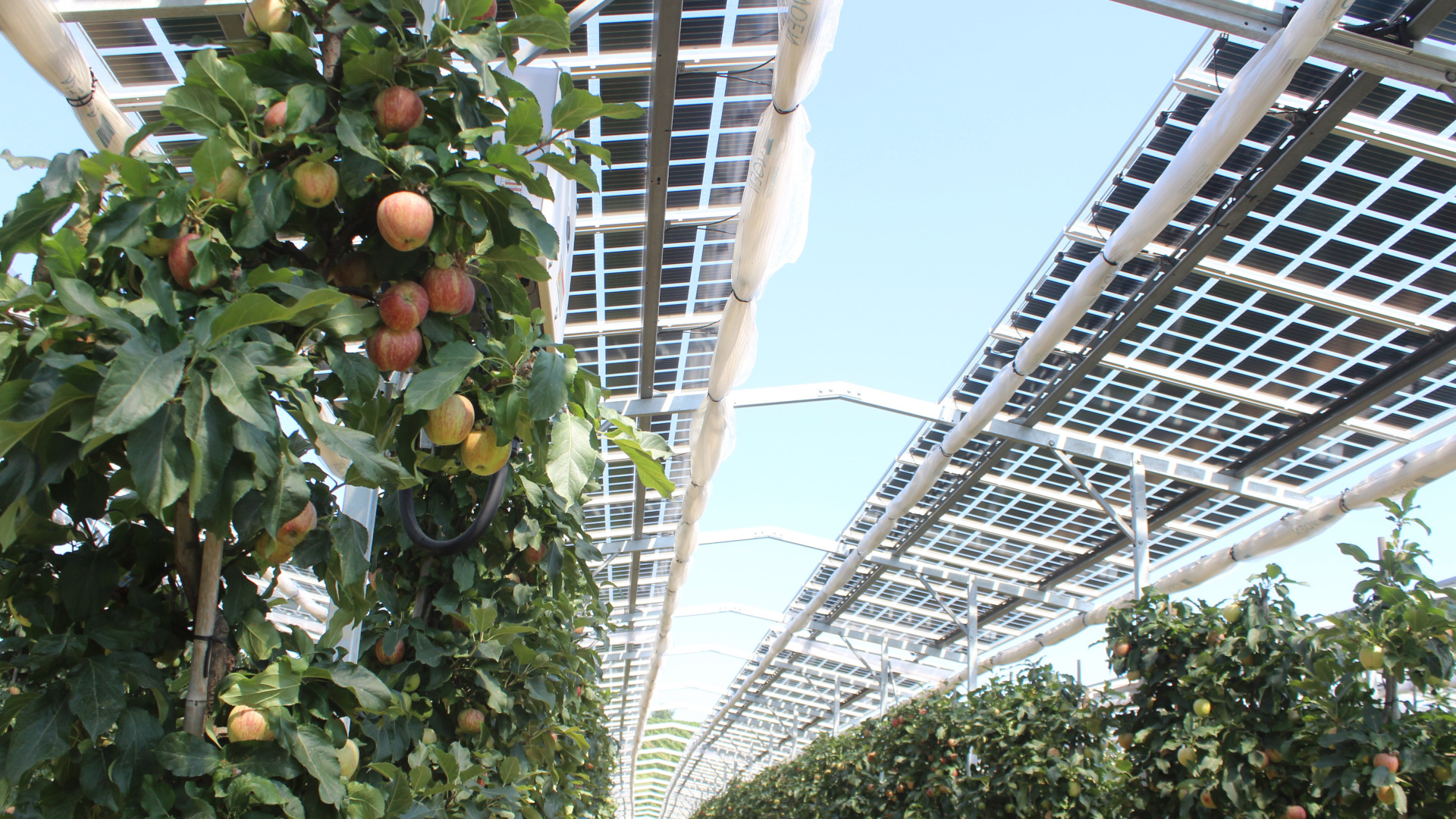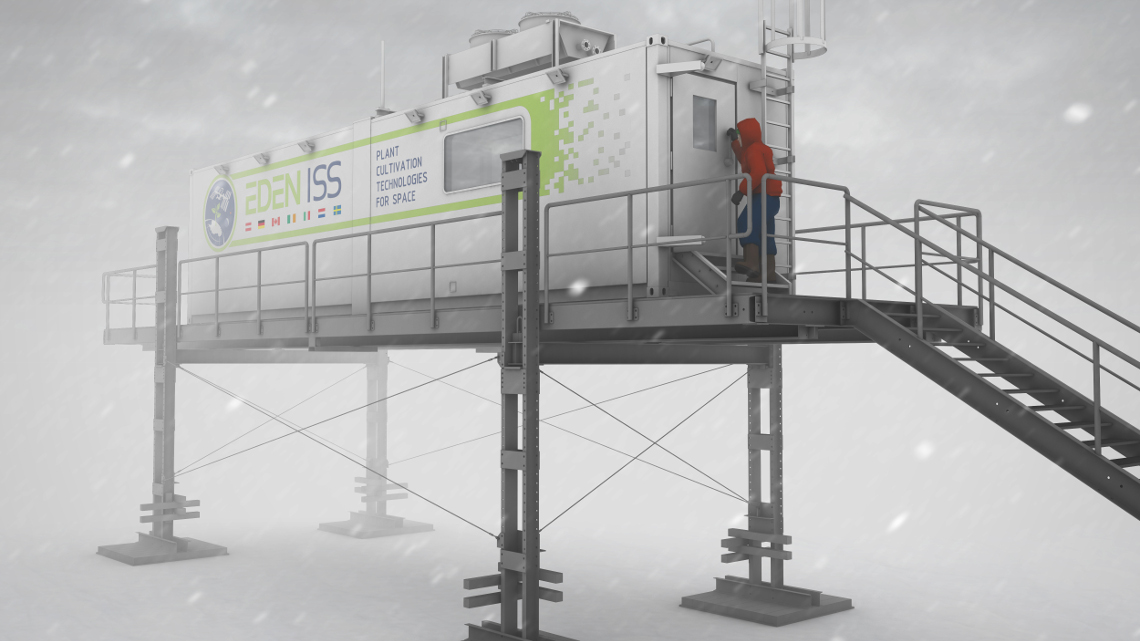Laser scanner assesses plant health
The collaboration between agricultural research and robotics has resulted in a novel 3D laser scanner system that enables precise plant analysis.

As there is a shortage of labour in many places during the harvest, research teams are working on harvesting robots to support agricultural businesses. The Leibniz Institute for Agricultural Engineering and Bioeconomy (ATB) in Potsdam is now testing a new type of 3D laser scanner system developed by researchers at Julius Maximilian University (JMU) in Würzburg. It is designed to accurately record the condition of plants and help determine the right time to harvest. The aim is to improve the sensor technology of robots.
Initial successes in field trials
‘For the production of horticultural products, knowledge of the stage of ripeness is very important in order to be able to optimally control cultivation, harvest time and storage,’ explains ATB researcher Manuela Zude-Sasse, who installed the system on a test site in Potsdam. ‘Against the backdrop of increasingly variable growth factors due to global warming, precise data on fruit development is becoming increasingly important – both for scientific modelling and for the future use of commercial harvesting robots.’
The 3D laser scanner is mounted on a sensor conveyor station that moves in a circle around a plantation of 120 evenly growing espalier apple trees. The weatherproof sensor system will continuously monitor the plants until November 2025. Initial tests have been successful, with the plants being accurately mapped and measured. According to the researchers, the system is capable of reliably recognising individual apple trees and other plants – an important prerequisite for automated harvesting.
Precise plant data thanks to modern laser technology
The sensor system was brought into the project by a Würzburg robotics team led by Andreas Nüchter, which has already developed various optical devices and similar laser scanners for space applications. As the laser is harmful to the eyes, the system has so far only been used in a controlled test environment.
The system projects three wavelengths onto the plants – in the green, red and infrared ranges. The signals reflected by the plants enable precise spatial detection of the crop. Separate measurement of individual wavelengths should also allow physiological properties such as water content to be determined. This should expand the data basis for modelling processes and enable the requirements for future harvesting robots to be defined and optimised in a more targeted manner.
chk


